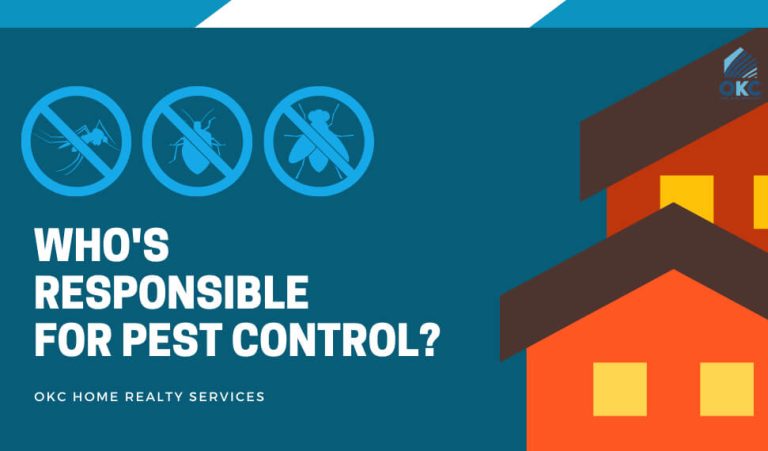The 8-Second Trick For Pestwise
The 8-Second Trick For Pestwise
Blog Article
Pestwise Fundamentals Explained
Table of ContentsGet This Report about PestwiseThe Ultimate Guide To PestwiseThe 7-Second Trick For PestwiseGetting My Pestwise To WorkThe 6-Minute Rule for PestwisePestwise for BeginnersHow Pestwise can Save You Time, Stress, and Money.

Q. Specify "incorporated pest monitoring" (IPM) and listing several feasible control strategies that might be utilized in an IPM strategy. A. Integrated bug management is the incorporating of suitable parasite control techniques into a single strategy to minimize parasites and their damage to an acceptable degree. Pest control strategies might include: host resistance, biological control, cultural control, mechanical control, hygiene, and chemical (chemical) control.
The smart Trick of Pestwise That Nobody is Talking About
What can you do to maintain the pests you are trying to regulate from becoming resistant to the pesticides you make use of? A. Insect resistance can be reduced by utilizing incorporated pest administration and revolving the kinds of pesticides used.
Insects are an essential risk to the farming service, and incorporated parasite monitoring helps growers address and reduce these dangers. Integrated bug administration makes use of numerous methods in facility, thus being a more efficient option to the problem. Bug Exterminator. In certain, removing hostile chemical approaches permits for decreasing injury to individuals and the atmosphere by utilizing natural and safer options instead
Pestwise for Dummies
The goal of integrated parasite monitoring is to decrease this damage and control acceptable infestation degrees instead of eradicate all unwanted populations. This is why it is very important to comprehend what measures are warranted in each case and usage hostile ones only when various other integrated monitoring methods do not work. Integrated management minimizes the unfavorable consequences of a non-IPM strategy, and the primary advantages of IPM Perks of IPM.
A proper understanding of the infestation extent establishes if the problem needs to be dealt with. are the following components of an IPM program since it is necessary to understand if the organisms make prospective threats and choose on the incorporated management choices or the certain chemical use. mean to lower infestations by applying various agronomic strategies.
See This Report about Pestwise
Integrated administration alternatives in an IPM program beginning with much safer to a lot more aggressive ones. The above-mentioned incorporated monitoring facets assist understand how to intend and apply an IPM program action by step: Monitor your plants consistently.

Among others, IPM social techniques include the complying with area management methods: dirt treatment; choice of ideal plants; crop rotation; interplanting or strip chopping; selection of planting dates; weed control; usage of catch plants. Beneficial dirt problems speed up plant development, and vigorous crops are extra resistant to invasions. Healthy and balanced seed startings and seeds predetermine successful plant growth, so it is important to select pest-free growing product with solid roots.
Thus, among other applications, plant turning can be effectively utilized as an integrated bug monitoring method. Pests spread slower if rows of different crop types separate their host plants in intercropping or strip cropping, which is likewise utilized in the incorporated parasite monitoring system. Conversely, infestations enhance when plants of the exact same plant type or household grow with each other.
, as well as tomatoes. Growing catch plants in spots is an additional choice for IPM intercropping. This integrated pest monitoring approach suggests attracting parasites to certain plants and then controlling them with chemical or mechanical strategies.
Some Ideas on Pestwise You Should Know
Barriers are regular examples of physical IPM techniques. Fully grown insects or their eggs and larvae are gathered by hand and damaged.

Department of Plant Sciences. College of Missouri. Soil solarization is a reliable integrated management method to disinfect the field by warming it in an all-natural way. This integrated administration approach implies a typical means of damaging bugs by killers, parasitoids, pathogens, and other biological control representatives (also known as hostile organisms). The role of biological control in IPM is to.
6 Simple Techniques For Pestwise
With time, their populace became a genuine problem to farmers together with native kangaroos or dingoes. The cane toad is another case illustrating integrated organic control failing hereof when it rejected to search the target types and ended up being an insect itself. Parasitoids establish on or within their hosts to ultimately eliminate them after developing.
Report this page